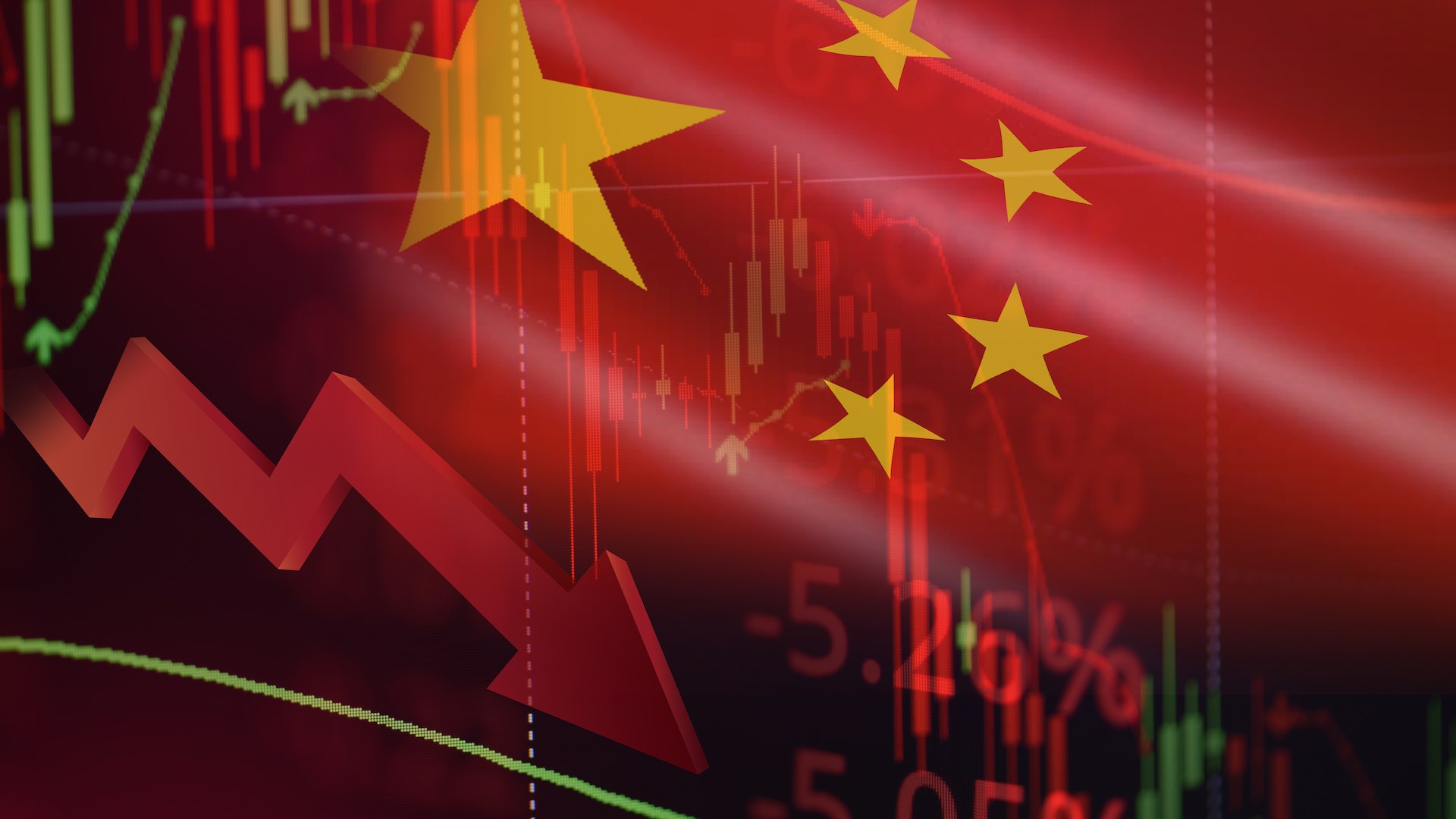China’s economic growth slows amid challenges
As China strides into 2024, its economic landscape reveals a mix of growth and challenges. According to the National Bureau of Statistics, the Chinese economy expanded at a promising 5.2% in the first three quarters of the year. Notable improvements were observed in November, with factory output and retail sales witnessing an upswing.

However, the real estate sector remains in a slump, marking a 9.4% decline in property investments. The world’s second-largest economy continues to navigate the aftermath of the COVID-19 pandemic. Factors such as a fragile property market, fluctuating global demand for Chinese exports, high debt levels, and uncertain consumer confidence are influencing its economic course.
The 10.1% surge in November’s retail sales, a significant increase from October’s 7.6%, offers a glimmer of hope. However, it contrasts with the slight contraction in factory activity, as indicated by the purchasing manager index (PMI). Liu Aihua, a spokesperson for the statistics bureau, highlights both seasonal industry shifts and a broader issue of insufficient market demand. Liu emphasizes the complexity and severity of the internal and external environment impacting China’s economic development.
China’s advantages, including a vast market of 1.4 billion people and an advanced industrial base, provide a solid foundation for growth. Nonetheless, the World Bank forecasts a deceleration in this growth: from 5.2% this year to 4.5% in 2025. The Chinese economy has experienced fluctuations in recent years, ranging from 2.2% growth in 2020 to 8.4% in 2021, and settling at 3% last year.
Factors like stringent pandemic-related restrictions, job losses in manufacturing and technology, and the property sector downturn have prompted Chinese consumers to limit their spending. Despite these challenges, the economy has maintained a growth rate close to the government’s target of around 5% this year, buoyed by strong exports in sectors like industrial machinery and mobile phones.
The statistics bureau reported a 6.6% increase in factory output in November, marking the strongest growth since September 2022. However, job creation has been predominantly in low-skilled service sectors, reflecting broader concerns about social safety nets and the pressures of an aging population. The World Bank report cautions against considerable risks to China’s economic outlook, particularly a prolonged real estate downturn and weaker global demand for Chinese goods.
At the Central Economic Work Conference, China’s leaders set economic priorities for the coming year, but details on specific policies remain unclear. The real estate investment decline and the fall in property sales and starts, especially in smaller cities, pose significant challenges. To achieve sustainable growth, China needs a recovery in consumer spending, which has been subdued since the omicron COVID-19 wave.
